Photographs: Handout/Reuters Sushmi Dey in New Delhi
Malvinder Mohan 'Malav' Singh, when he owned and ran Ranbaxy Laboratories (the Singh family sold the pharmaceutical company to Daiichi Sankyo of Japan in 2008; Malav exited the company a year later), would often say with pride the company had done the maximum overseas acquisitions in the country, after the Tata group.
In the past decade, Ranbaxy did acquisitions in the United States and in well-developed markets of Europe, like France and Germany. It also went to China and Japan in the east. The acquisition reached a high in 2006 when Ranbaxy bought Ethimed NV in Belgium, Terapia in Romania, the unbranded generic business of GlaxoSmithKline, or GSK, in Italy, the Mundogen generic business of GSK in Spain and Be-Tabs Pharmaceuticals in South Africa. The big one was Terapia, Romania's largest independent generics drug company, for which Ranbaxy paid $324 million.
Ranbaxy realised in the late 1990s that the Indian market had become very crowded and, consequently, profit margins had become wafer thin. One option was to go to unregulated markets (which didn't accept patents), but the business climate there was uncertain and fraught with patent infringements.
So, it decided to focus on developed markets. These markets, with high per-capita income, were struggling to bring down the cost of health care. Generic medicine was the way forward, also the chosen space for Ranbaxy.
...
Why owning the world makes no sense for Ranbaxy
Image: Ranbaxy has exited various non-profitable geographies.Photographs: Yorgos Karahalis/Reuters
Hence, the dozen or so acquisitions in double-quick time. These acquisitions gave Ranbaxy manufacturing capabilities in those countries, sales force and some market share. The foray in China was to leverage the low-cost manufacturing there.
Cut to the present. Ranbaxy has exited various non-profitable geographies.
For instance, it sold its 83 per cent stake in its Chinese subsidiary, Ranbaxy Guangzhou China, in 2010. It has pulled out of its Japanese venture, Nihon Pharmaceutical Industry, and has sold its Vietnam business. "There is a clear shift from the way we chased acquisitions in the past versus the way we would be looking at acquisitions in the future," says CEO & Managing Director Arun Sawhney.
According to Sawhney, the present-day Ranbaxy is not shy of doing acquisitions but it does not intend to do so merely to expand its global footprint.
"We will not be very passionate about acquisitions to increase top lines or be present in more and more geographies, which was actually the case in the past," he explains.
Instead, Ranbaxy now intends to do acquisitions in areas that will compliment either its existing business or will fit into its future diversification plans.
...
Why owning the world makes no sense for Ranbaxy
Image: It has mostly entered into licensing agreements with various companies.Photographs: John Kolesidis/Reuters
"We will keep looking for acquisitions...if it makes sense with the business strategy that we have outlined for ourselves, we will definitely look at it," Sawhney emphasises.
A glimpse of the change can perhaps be seen in the kind of partnership and deals signed by Ranbaxy during the past four years, ever since it was acquired by Daiichi Sankyo.
Among the very few acquisitions and partnerships signed by the company during these years, the significant ones include its acquisition of trademarks, product dossiers and marketing rights of Ochoa Laboratories's entire range of dermatological and lifestyle products in May 2009 (Malav was still running the company at that time).
The next acquisition by Ranbaxy was in 2010 when it made its foray into the vaccine segment by acquiring the product rights and a manufacturing facility of Biovel, located in Bangalore.
Apart from these, the company, since 2008, has mostly entered into licensing agreements with various companies, which has given it access to new products in several markets, complementing its already existing product portfolio as well as utilisation of its wide marketing network across the globe.
For instance, in July 2011, Ranbaxy entered into an in-licensing agreement with Gilead Sciences for three new anti-retroviral drugs which were in late-stage clinical development.
...
Why owning the world makes no sense for Ranbaxy
Image: Change in focus has come with the change in ownership.Photographs: Ronen Zvulun/Reuters
Through the pact, Ranbaxy secured the rights to produce and sell generic versions of these drugs in India and other developing nations, once it got the required approvals. More recently, this November the company entered into a similar agreement with Ontario-based Cipher Pharmaceuticals Inc, which enables Ranbaxy to launch a dermatology product, Absorica (isotretinoin), under its own brand, in the US.
This has helped the company to not only relaunch one of its old and best-selling products, Sotret (isotretinoin), in the world's largest drug market but also added to its plans of branded franchisee in the dermatology segment. Earlier, in March 2010, the company had collaborated with Pfenex Inc to develop a biosimilar therapeutic. Biosimilars is an area Ranbaxy intends to explore, going forward.
In some way, the change in focus has come with the change in ownership. Ranbaxy's old business model was built around the generics business in the US. It was always on the lookout for patents that were ready to expire, or patents that could be challenged in the courts, so that it could launch generic equivalents ahead of others.
In the US, the first generic gets six months of exclusive marketing rights. This often pitted Ranbaxy against large pharmaceutical companies, especially those which owned and sold patented medicine.
...
Why owning the world makes no sense for Ranbaxy
Image: Ranbaxy has moved to resolve its issues with the US Food & Drug Administration.Photographs: Jo Yong hak/Reuters
Now that Ranbaxy is a part of such a company, it is only natural for it to go slow on patent challenges. Also, most of the opportunities in this space have already been taken. There isn't much scope left in the first-to-file business model. Sawhney says Ranbaxy still has some such challenges, but refuses to give details.
Under Daiichi Sankyo, Ranbaxy has moved to resolve its issues with the US Food & Drug Administration. After negotiating for over two years, Ranbaxy signed a consent decree with the regulatory authorities in December last year, putting an end to the long-running tussle.
The consent decree is a voluntary, final and binding settlement which will include a series of measures Ranbaxy would undertake in return for being allowed to resume sale of drugs in the US from its blacklisted facilities in India (Dewas in Madhya Pradesh, and Paonta Sahib and Batamandi in Himachal Pradesh).
The company has also set aside $500 million for a possible penalty that might be required to be paid to settle issues with the US Department of Justice. During May this year, Ranbaxy hired two US-based consultants, as part of the consent decree, to advise it on remedial work to be done at its manufacturing units in India.
It is expecting a consultant assessment report for its Dewas facility in December, which will set the stage for a revocation of ban on products manufactured from the unit. However, corrective measures at Paonta Sahib are expected to take longer.
...
Why owning the world makes no sense for Ranbaxy
Image: Company has much more potential and is yet to realise the same, says an analyst.Photographs: Ali Jarekji/Reuters
"The current business strategy of Ranbaxy may not look as aggressive as that during the promoters' times but, it is certainly more sensible. If you look at the agreements they have signed in the past few years, it is mostly in line with their vision and planning. They have outlined specific areas and markets where they want to grow," says a pharma consultant.
According to Sawhney, the change is not merely because of the change of owners but also because the overall matrix has undergone a transformation. "There were acquisitions, not only by Ranbaxy, but throughout by the Indian pharmaceutical industry and some of them have not worked out for many of the companies," he says.
"We have to be very contemporary in our thinking. If the markets offered a certain opportunity in the past, they don't offer us that opportunity in the current context," he adds.
While many feel a lot of the acquisitions done during the promoters' regime were in haste and did not pay in the long run, analysts opine that though the change during past few years has certainly made the books of the company look better.
"The promoters were merely buying a bunch of businesses and many of them have not delivered the way they expected. Though the material pick-up may not have happened in past few years, profitability of the company is certainly better," says Nitin Agarwal of IDFC Securities.
However, Agarwal adds the company has much more potential and is yet to realise the same.

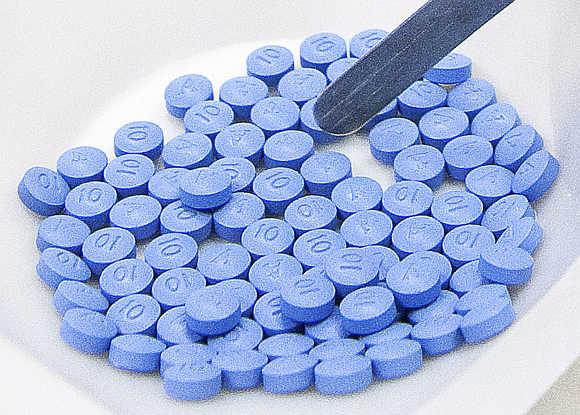
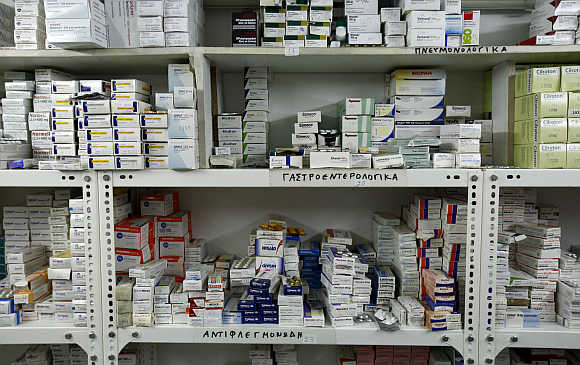
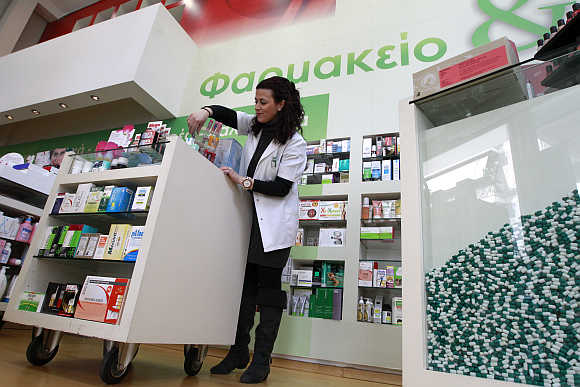
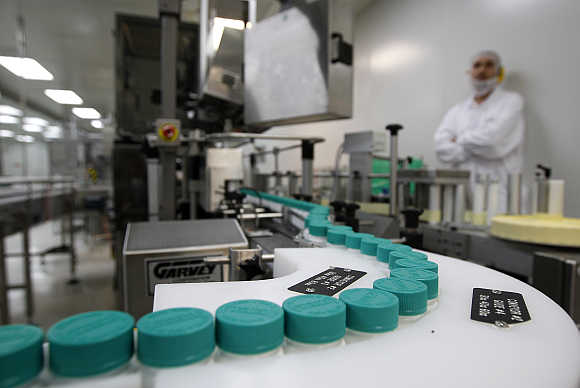
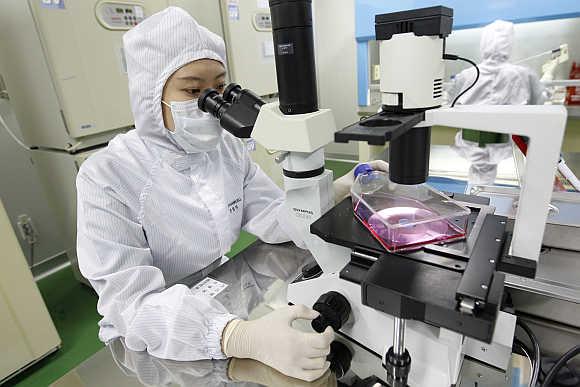


article